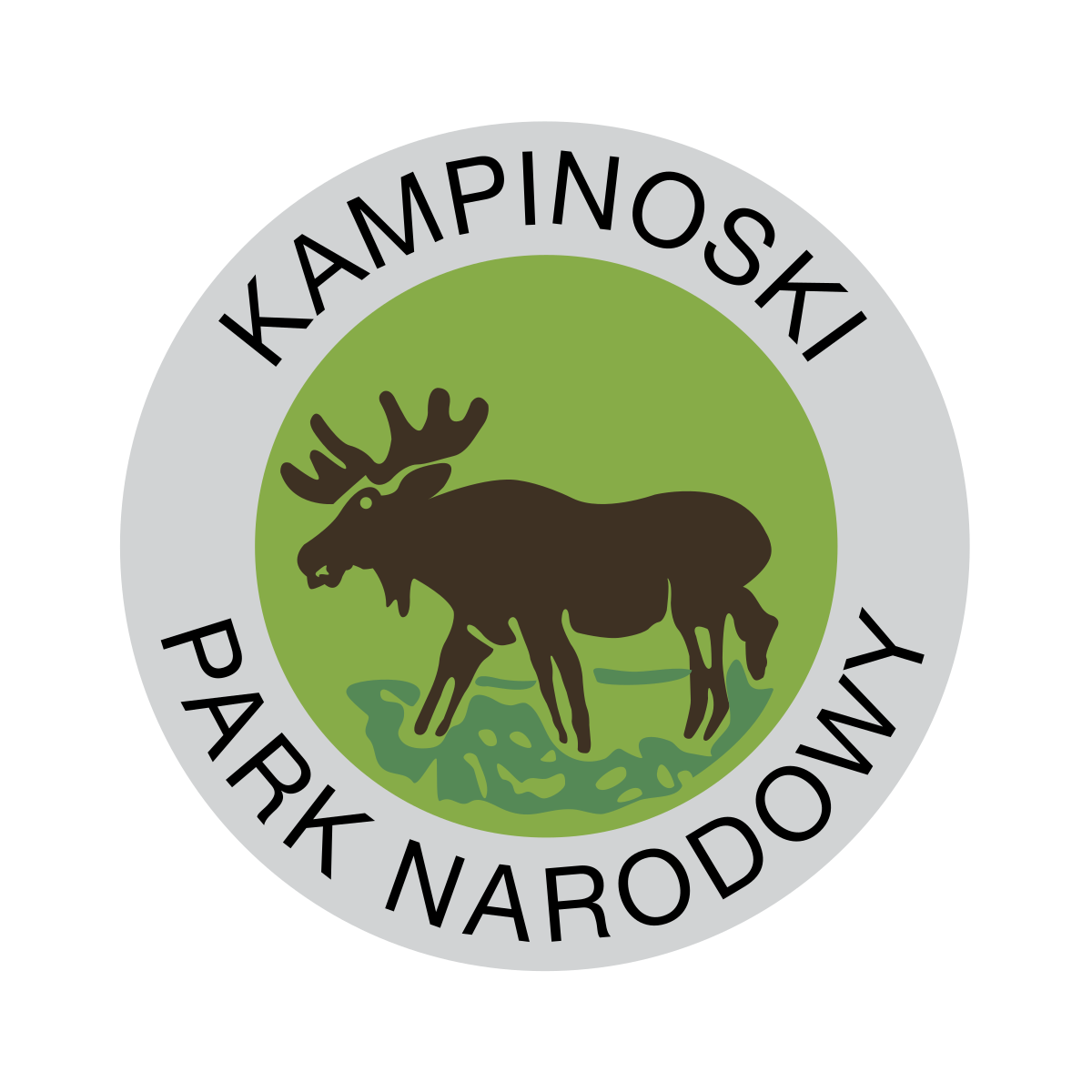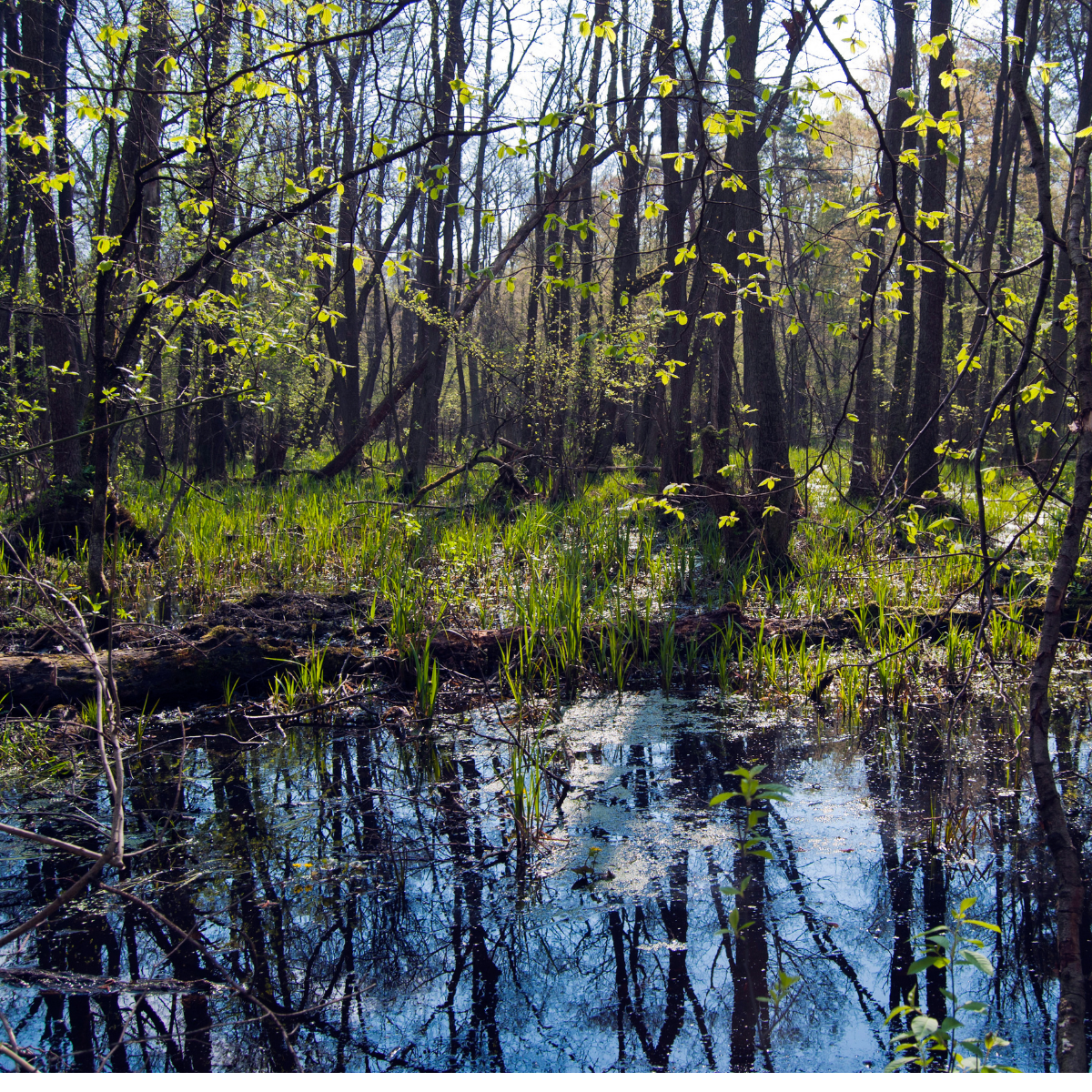Kampinoski National Park

Kampinos National Park
How to get to know nature, or a visit to the Kampinos National Park
The Kampinos Park was created in the Mazowieckie Voivodeship on January 16, 1959. The symbol of this park is an elk set against a green background. The area of the Park is 358.4433 km (square). The area of the Kampinoski Forest includes parts of the western Warsaw Basin. Nearly 3/4 of the Park area is forest, the remaining part is mainly meadow. Due to its close location to the city, the park has gained the name of “Warsaw's green lungs".
History of the park
Kampinos Park was established on 16th of January 1959 by Jadwiga and Roman Kobendz. It is located in the Central Mazovian Lowland, between the left bank of the Vistula River and the Bzura River. The area was shaped in the post-glacial period by the waters of the melting glacier flowing down the Prawisła riverbed for 18 km. Islands and shoals gave rise to dunes, marshy areas were formed in former riverbeds and old riverbeds.
The “Kampinos Forest" Biosphere Reserve
Biosphere reserves are areas of high natural value intended to introduce and promote the principles of sustainable development.
Each reserve has the function of protecting nature, promoting balanced social and economic development and enabling research and scientific activities. The realisation of these functions is possible when: residents, authorities, entrepreneurs, NGOs and public institutions work together.

Problems in the Kampinos Park
The first problem we mention will be so-called anthropopressure, i.e. human impact on nature. With tourism passing through the park, there is a delicate disturbance of the natural balance. The popularity of the Kampinos Park starts to overwhelm it. For this reason, in 1975, the national park buys land from the settlements in the middle of the complex and gives it back to nature.
Kampinos Park and World War II
Kampinos played a very important role during the Second World War. In September 1939, approximately 9.5 thousand Polish soldiers died in the Forest, which constituted 15% of the personal losses of the Polish Army. The Kampinos Forest was an ideal place for underground activity, mainly due to the fact that it is located in inaccessible swampy intervals and settlements scattered in the forests which are difficult to control.

Science
One of the tasks of national parks is to carry out scientific research and to control the proper course of nature. In Kampinos Park such matters are currently handled by 8 people from the Team for Science and Nature Monitoring.
Their tasks include conducting their own research topics, organising nature monitoring programmes and providing education at university level.
Environmental education
The aim of ecological education carried out by the Kampinos Park is to facilitate contact with nature, protection of natural heritage and explanation of protective activities carried out on its territory. These activities result in increased ecological awareness.
Kampinos Park is definitely on the list of places to visit in the Mazowieckie Voivodeship. From the above information, you will learn many interesting facts which will come in handy while visiting Puszcza Kampinoska. The acquired knowledge may come in handy even if you happen to be in the area and feel like visiting our park.
5 October 2021Bez kategorii
